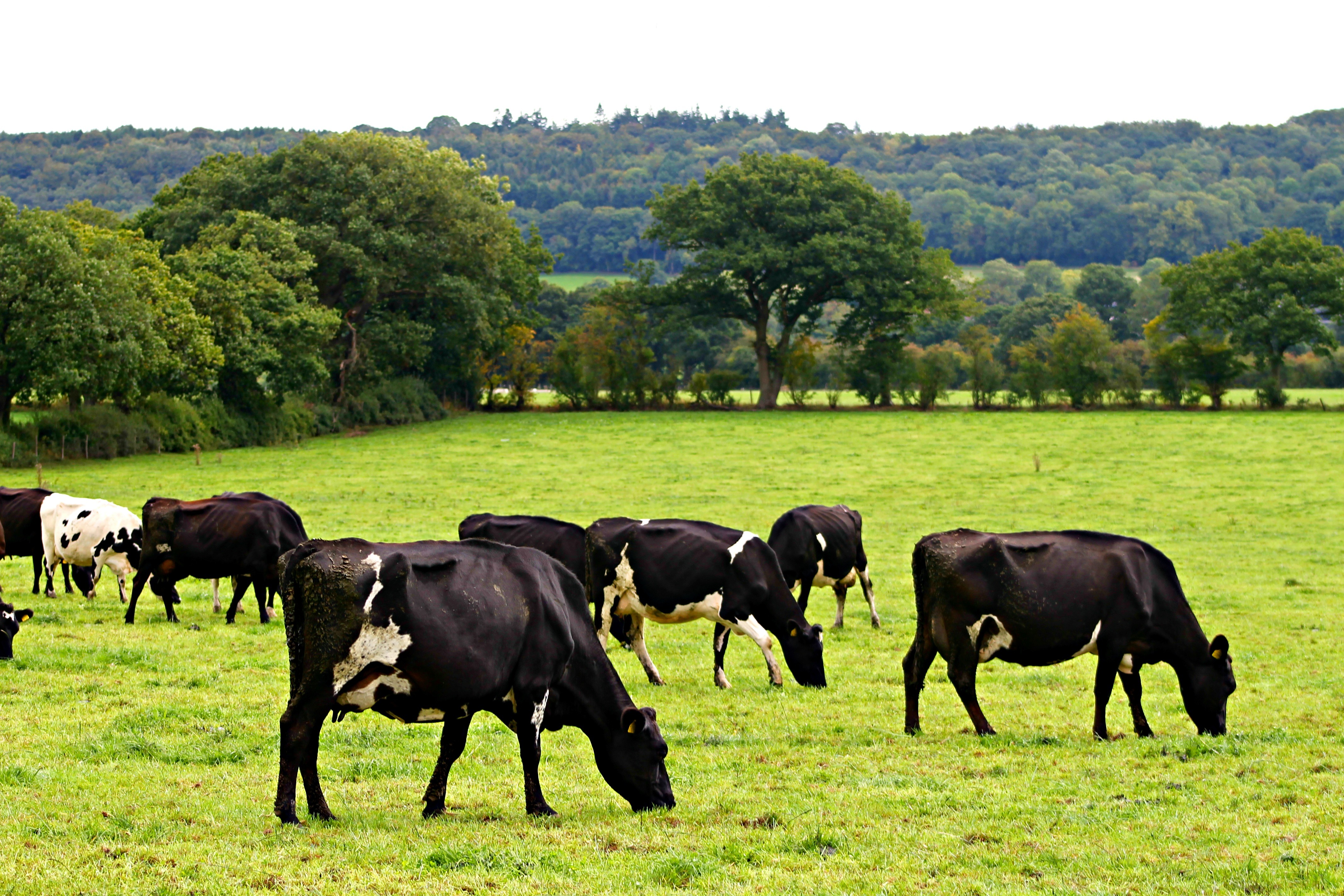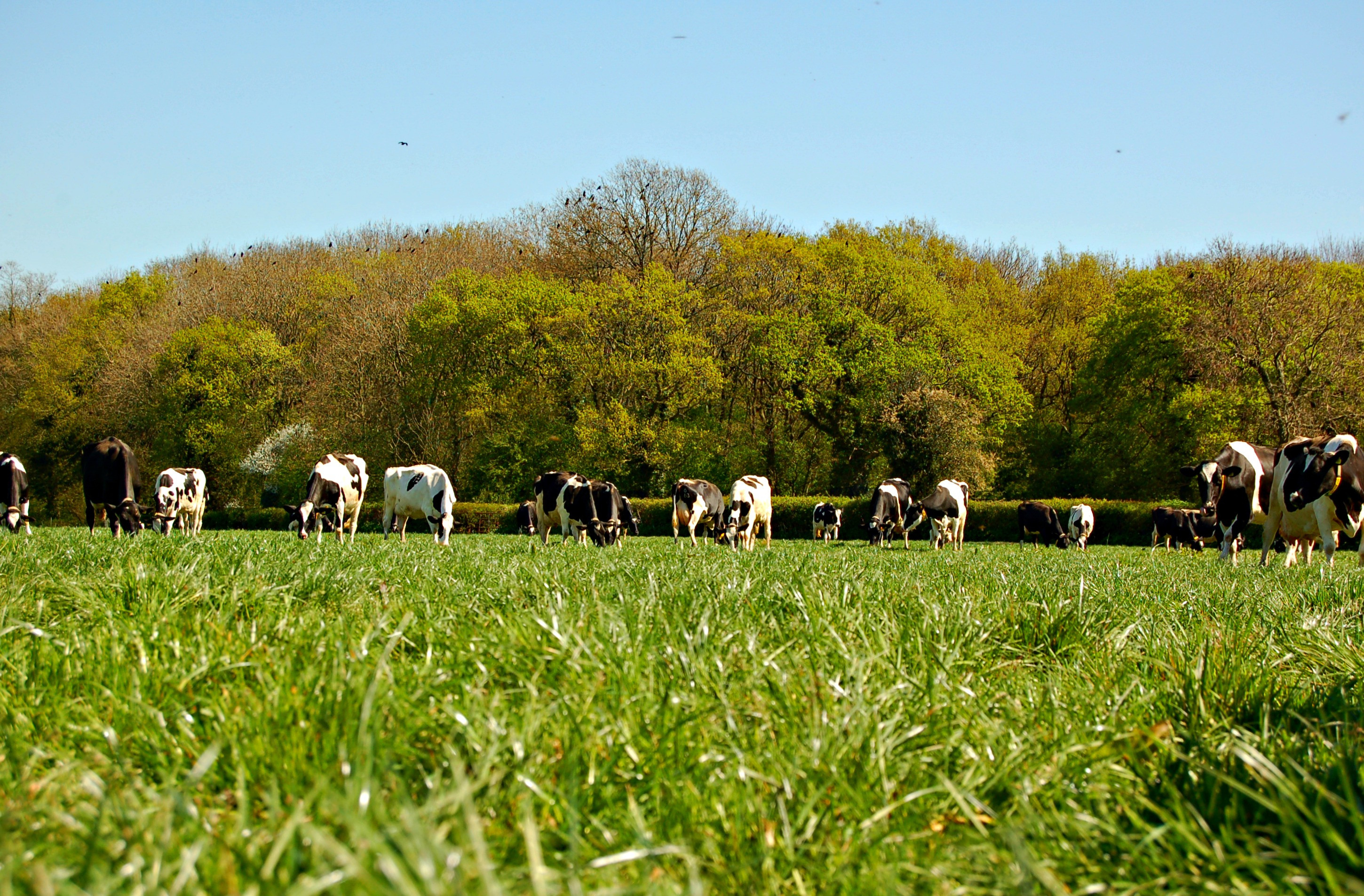William Astley, Cogent’s British Friesian and Coloured Breeds Specialist, sheds light on the finer details of the grazing index known as EBI.
What is €EBI?
€EBI is the Irish Economic Breeding Index, it is specifically designed for grass-based herds on block-calving systems. EBI is presented in Euros which indicates the level of profit over and above the average profitability of an animal over the course of its lifetime. It comprises sub-indexes for Fertility, Production, Management, Maintenance, Health and Calving.
What are the main aims of EBI?
EBI focusses on profit-driven goals with the aim of creating a low-cost system with low inputs and highly profitable cows.
It aims to breed a cow that is easy to maintain and grazes grass well. She is low in stature but still has a robustness, she still has the width and body to be able to graze large amounts of grass and turn that grass into milk.
The Index focusses on ‘the three fives’ – breeding a 500kg cow which lasts for five lactations and produces 500kg of milk solids per lactation.
It also aims to produce a herd where 85% of cows are in-calf in the first six weeks from the planned start of mating.
How can Cogent’s high EBI genetics be used in conjunction with SexedULTRA 4M semen to maximise profitability?
Most of the bulls in Cogent’s grazing brochure are available in SexedULTRA 4M which can be a key benefit for block calving herds.
Breeding maiden heifers and other high genetic merit animals to SexedULTRA 4M semen for the first three weeks of the mating period means the whole requirement for replacement heifers can be produced early in the block. In turn, this leaves the rest of the herd open to service with beef semen, producing a higher value crop of beef cross dairy calves.
There are huge savings to be made in the long run by avoiding the production of low value bull calves on a block calving system and additionally calving all the higher value replacement heifer calves in a short period making them easier to manage. When it comes to service the following year, all heifers are going to be well grown and a similar age, meaning none will be left behind.
This makes a huge difference to the bottom line of a grazing business regardless of the genetic gain we are making through using high EBI bulls on the herd.

How do we use EBI figures?
EBI is built around a base cow, as is UK £PLI. But with EBI, all the breeds are represented on one scale.
The base cow produces and average of 5,900 litres of milk per lactation across her first three lactations with exceptional levels of fat and protein and a calving interval that has improved by over 20 days since 2004.
The Index is split down into seven sub-indexes looking at traits such as health, fertility and calving. Each of the sub-indexes encompass different traits, for instance the Milk sub-index includes milk, fat and protein. The value calculated demonstrates what the extra fat and protein produced by using that bull, is worth over and above the average. For this sub-index a headline figure would be anything above €80. Cogent has leading bulls scoring over €100 for this sub-index.
The Fertility sub-index looks at how quickly a cow gets in-calf as well as her survival in the herd.
Fertility is calculated using calving interval, and although pregnancy rate is now a preferred metric for measuring the fertility of a herd, pregnancy rate cannot be measured in the same way calving interval can on an individual basis. In reality, decreasing calving interval will help to increase pregnancy rates anyway.
If a bull offers a reduction in calving interval of 10 days, his daughters will get in-calf almost half a cycle sooner. This is likely to be the result of increases in both conception rate and heat detection rate which in turn will result in an increased pregnancy rate.
The Management sub-index contains data on milking speed and temperament, and although they seem to contribute only in a small way towards profitability, they have an influence on time management.
If these animals are slower milking they will take longer to milk and equally if they are poor tempered, you are going to be in the parlour for longer. Although this has a minor impact on profitability, we know how important and valuable a farmer or farm worker’s time can be so therefore, this is the reason for its inclusion.

How is EBI relevant to UK dairy farmers?
The Irish dairy industry works on a similar system to our block calving enterprises in the UK, they too want to breed a low bodyweight cow which is easy to maintain, but also the robustness the Irish breed into their cows works well in the UK.
Our climate is more similar to Ireland than it is to that of New Zealand and the robustness through the cow which is bred by using EBI, combined with the little bit of condition she carries, allows her to walk the distances required of her and helps her sustain herself through the winter months whether outwintered or housed.
Additionally, the ideal EBI cow will respond with a rise in production if it is fed concentrate feed.
For example, if milk price is good, you can make the most of the good price by feeding a little, but equally if milk price is bad and inputs have to be reduced, the cow will still be able to sustain herself.
Similar to the UK, Irish farmers are also paid for their milk on a constituent basis, with high fat and protein milk demanding a premium, provided it is balanced by the litres.
There are very few milk contracts in the UK that are purely paid on fat and protein, you also get a volume bonus which sometimes grazing farmers miss out on- there is a balancing act between having too much fat and protein and not enough litres.
With the balance of litres and constituents in mind, we have tried to ensure we have a range of positive milk bulls in the brochure. While we are driving forwards with fat and protein production, we want to mindful of not slipping backwards with milk yields.
How does a farmer know which bulls will suit their herd?
You need to look at your farming system as a whole. We have so many different options, including cross-bred bulls, very low stature Holstein Friesians and equally Holstein Friesians which offer you more size as well.
If you have cows that are 420kg which are narrow through the chest and lack a bit of width and capacity, you probably want to look at using a bull that has a little bit more size to it and put that width and strength back in without making the cows too big.
Whereas if you already have that 500kg cow and need more fat and protein then you are probably looking towards one of the cross-bred bulls to improve milk composition.
We have tried to build the catalogue with something that suits everyone, there is a massive range of different bulls for different scenarios.